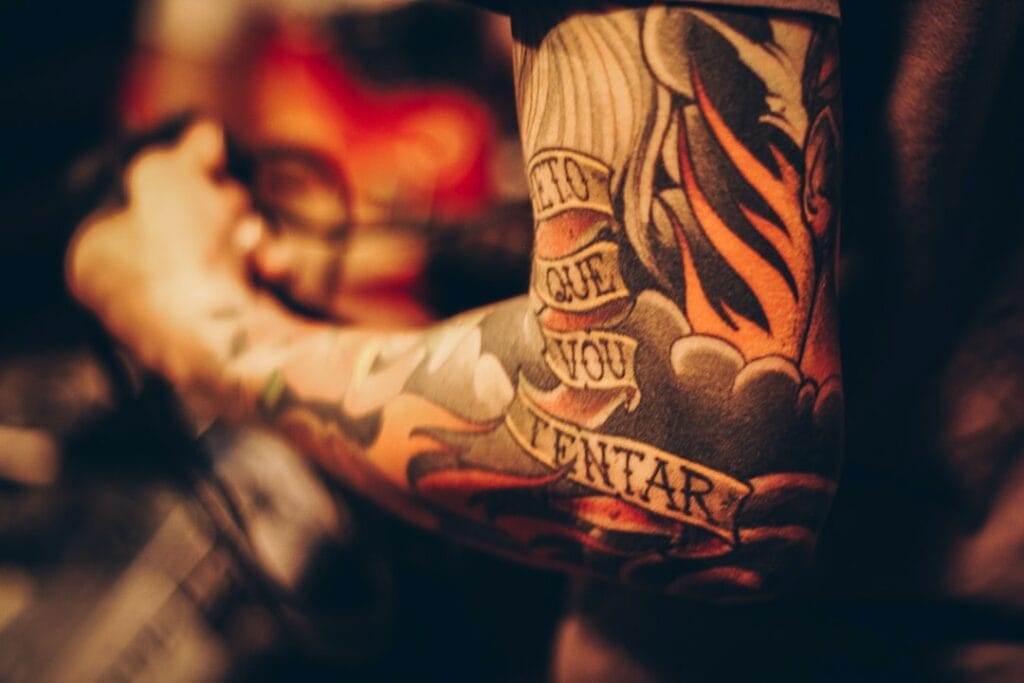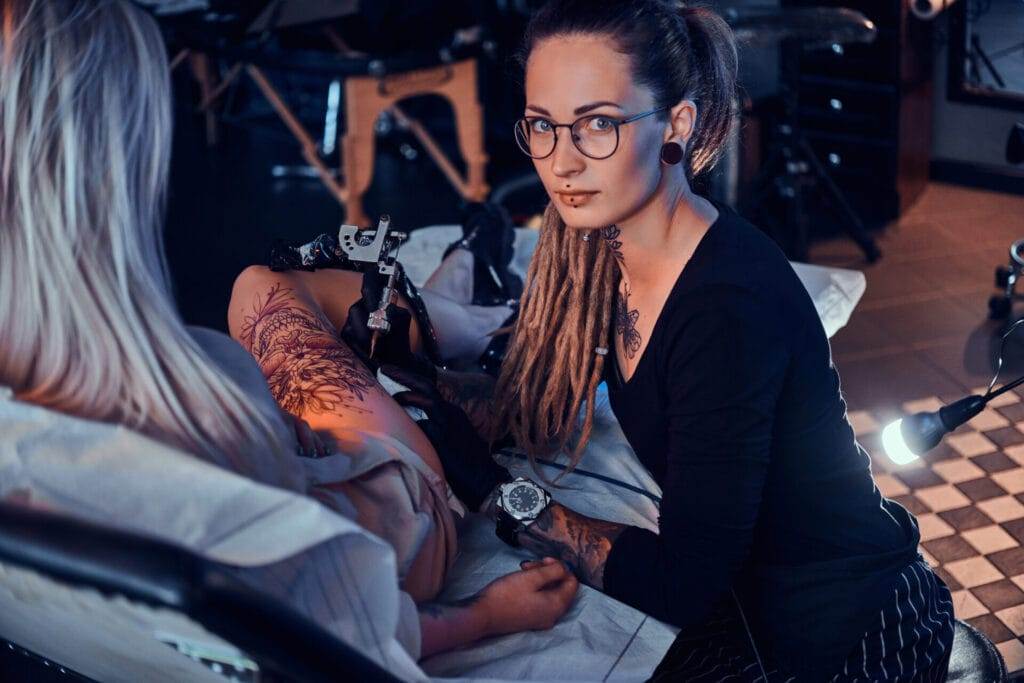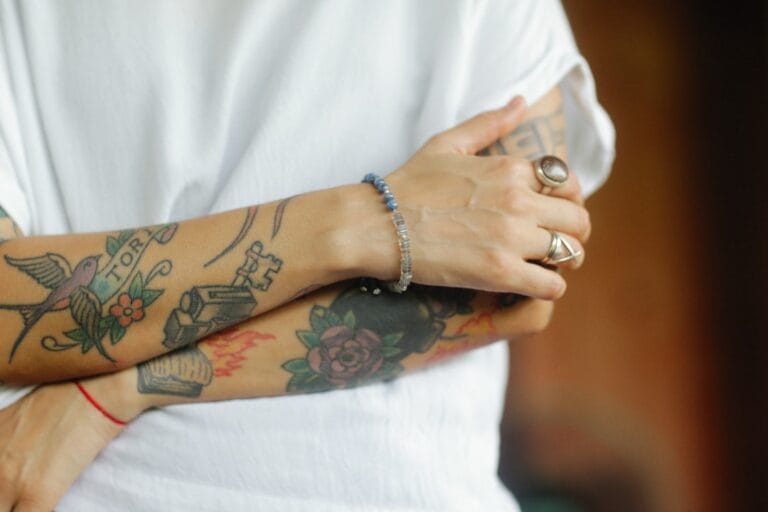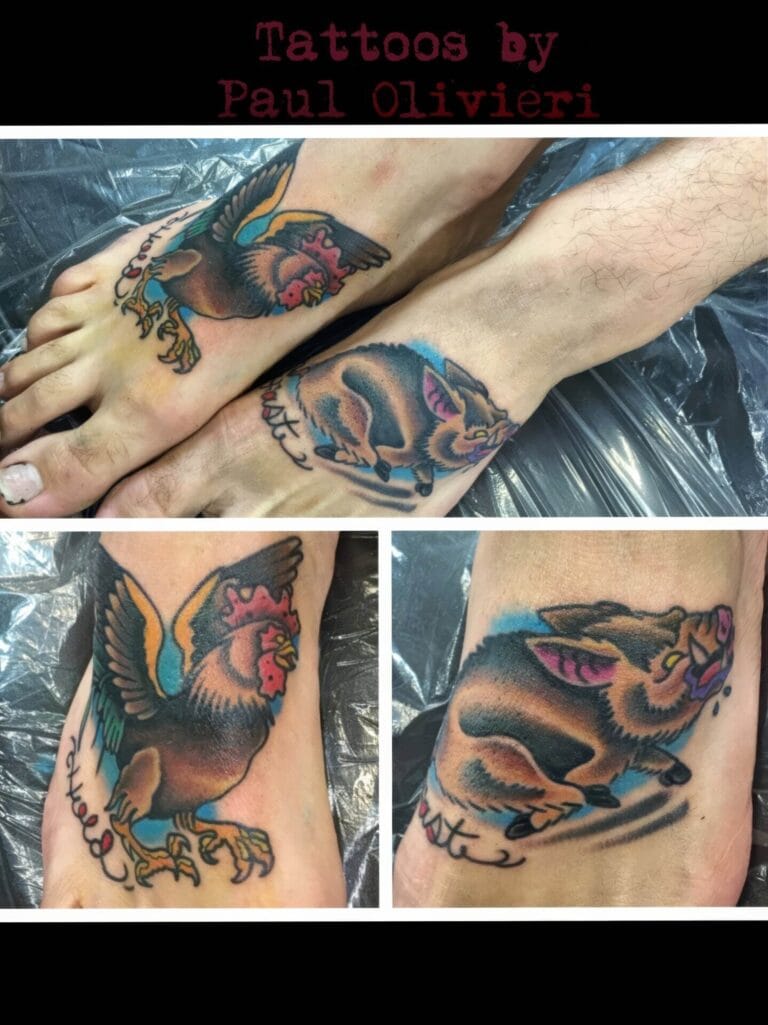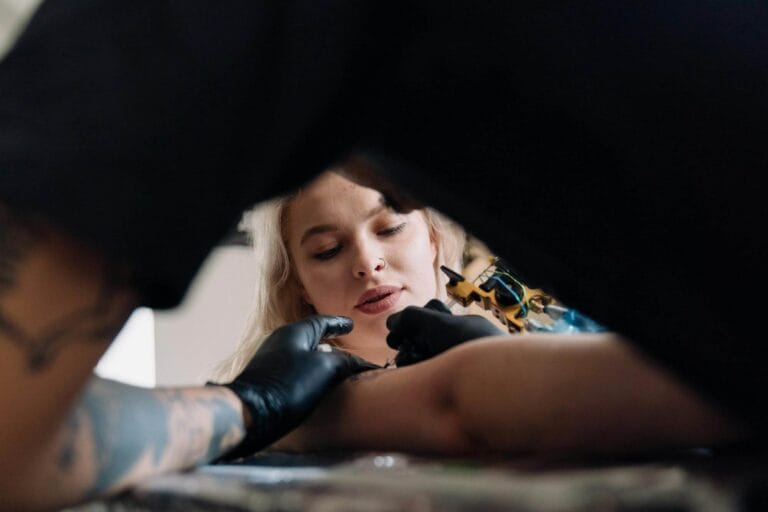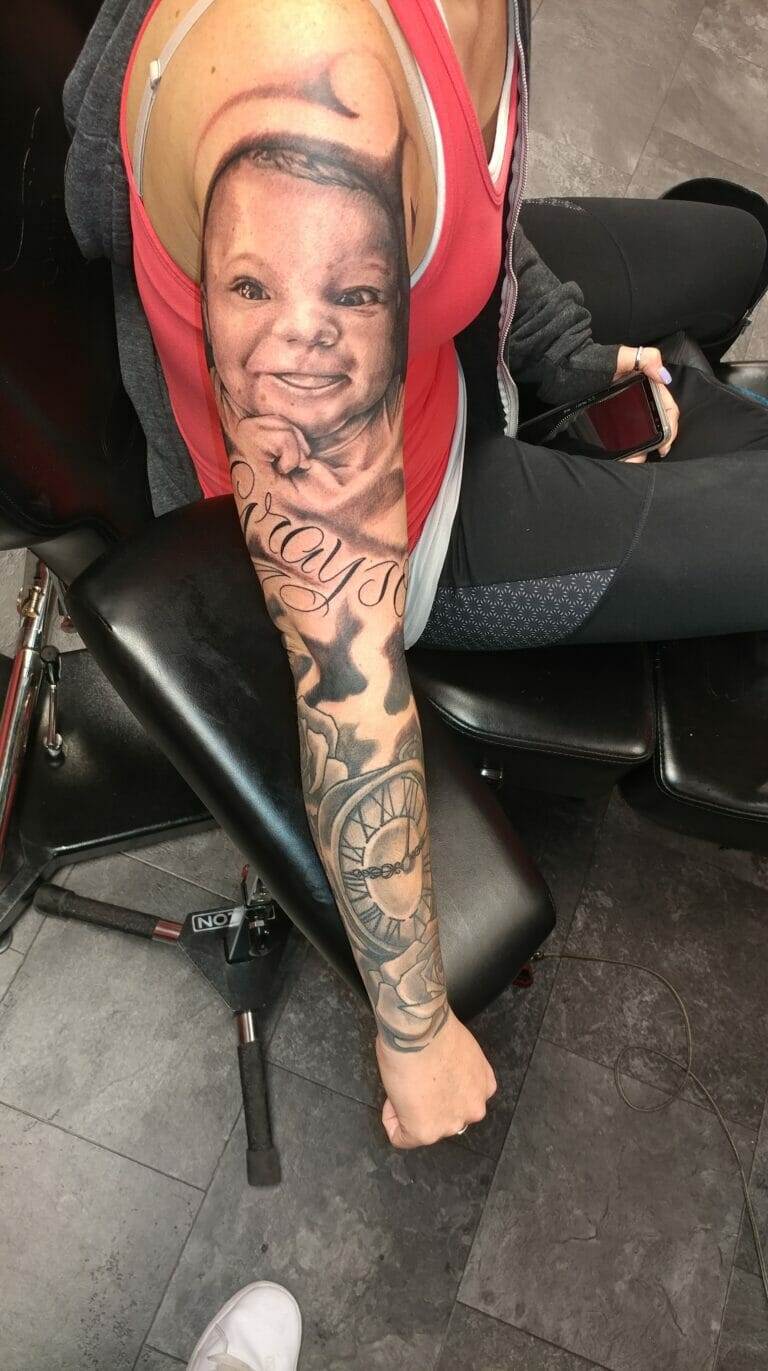
Tattooing has a long and storied history that dates back thousands of years. The practice of permanently marking the skin with ink can be traced back to ancient civilizations such as the Egyptians, Greeks, and Romans. These early tattoos were often used as symbols of status, spirituality, or tribal affiliation. In many cultures, tattoos were seen as a form of protection or a way to connect with the divine.
Traditional tattoos, also known as old school tattoos, are a specific style of tattooing that emerged in the late 19th and early 20th centuries. These tattoos are characterized by bold, black outlines and a limited color palette. Traditional tattoo designs often feature iconic images such as anchors, roses, skulls, and pin-up girls. These designs have become synonymous with the tattoo culture and are still popular today.
The Sailor Connection: How Tattoos Became Popular Among Seafarers
One of the main reasons traditional tattoos became popularized was due to their association with sailors. In the early days of tattooing, sailors were some of the few people who had access to tattoo artists. As they traveled the world, sailors would often get tattoos as souvenirs or as a way to mark significant events in their lives.
Sailor tattoos were not just decorative; they also had symbolic meanings. For example, an anchor tattoo symbolized stability and a safe return home, while a swallow tattoo represented good luck and a successful voyage. These symbols served as reminders of the sailor’s life at sea and their connection to the ocean.
The Rise of Tattoo Parlors: The Birth of Modern Tattoo Culture
The birth of modern tattoo culture can be traced back to the opening of the first tattoo parlors in the late 19th century. These parlors provided a safe and regulated environment for people to get tattoos. Prior to this, tattooing was often done in unsanitary conditions, such as on board ships or in back-alley shops.
With the establishment of tattoo parlors, tattooing became more mainstream and accessible to the general public. Tattoo artists began to develop their own unique styles and techniques, and the art of tattooing started to evolve. Traditional tattoo designs became more standardized, with artists using stencils and flash sheets to create consistent and recognizable designs.
The Influence of Street Culture: How Tattoos Became a Symbol of Rebellion
In the 20th century, tattoos became associated with counterculture and rebellion. In the 1950s and 1960s, tattoos were often seen as a symbol of defiance against societal norms. Bikers, punks, and other members of subcultures embraced tattoos as a way to express their individuality and nonconformity.
Street culture played a significant role in shaping tattoo styles during this time. Artists began experimenting with new techniques and incorporating elements of graffiti, street art, and punk aesthetics into their designs. This led to the emergence of new tattoo styles such as blackwork, neo-traditional, and biomechanical tattoos.
The Evolution of Tattoo Styles: From Traditional to Contemporary
Traditional tattoos have remained popular throughout the years, but contemporary tattoo styles have also emerged. These styles often build upon the foundations of traditional tattooing while incorporating new elements and techniques.
One popular contemporary style is realism, which aims to create tattoos that look like photographs or paintings. Another style is watercolor tattoos, which mimic the brushstrokes and vibrant colors of watercolor paintings. Other popular styles include geometric tattoos, dotwork tattoos, and minimalistic tattoos.
The Role of Technology: How Tattoo Machines Revolutionized the Industry
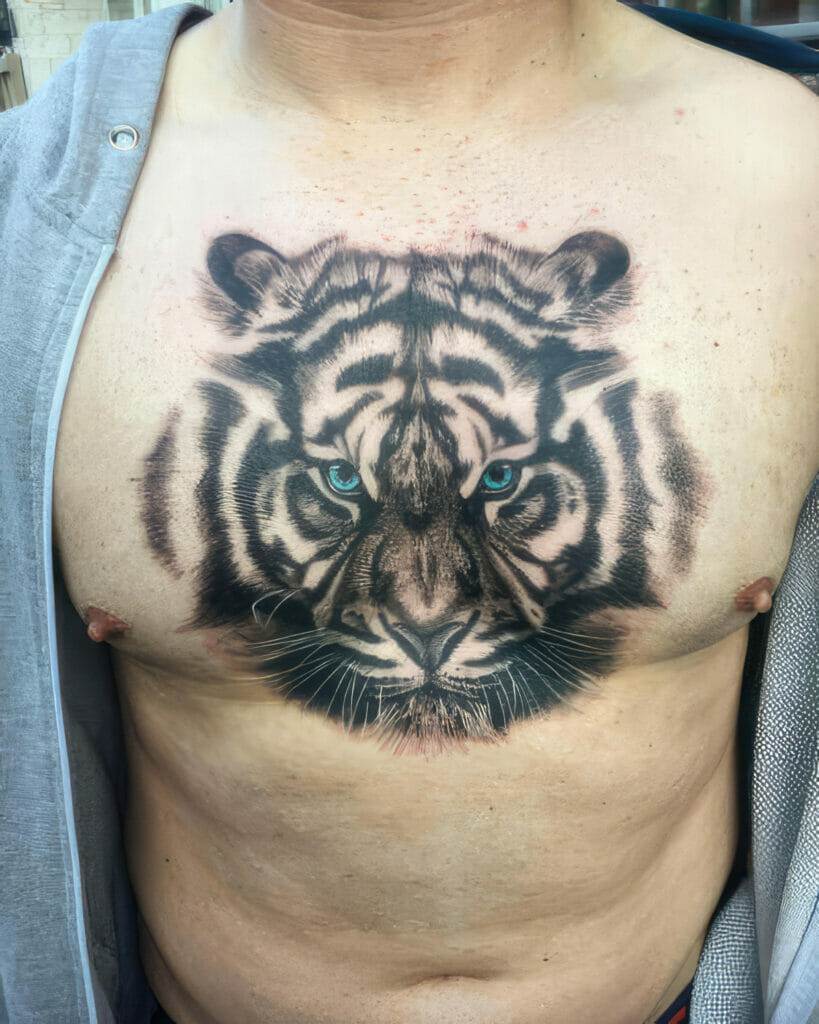
The invention of the tattoo machine in the late 19th century revolutionized the tattoo industry. Before the advent of the machine, tattoos were done by hand using a technique called hand-poking or stick-and-poke. This method was time-consuming and often resulted in uneven and inconsistent tattoos.
Tattoo machines allowed artists to work more efficiently and produce cleaner and more precise tattoos. The machine uses a needle attached to an oscillating armature that rapidly punctures the skin, depositing ink in the process. This technology made tattooing faster, less painful, and more accessible to a wider audience.
The Gender Shift: How Women Embraced Tattoo Culture
In the past, tattoo culture was predominantly male-dominated. However, in recent years, there has been a significant shift as more women have embraced tattooing. Women have become more involved in all aspects of tattoo culture, from getting tattoos to becoming tattoo artists themselves.
This shift can be attributed to changing societal attitudes towards women and their bodies. Tattoos are now seen as a form of self-expression and empowerment for women. Female tattoo artists have also played a crucial role in creating a more inclusive and welcoming environment for women in the industry.
The Globalization of Tattoo Culture: The Spread of Traditional Tattoos Around the World
Traditional tattoos have not only spread throughout Western culture but have also gained popularity around the world. In many cultures, traditional tattoo styles have been adapted and incorporated into local traditions and customs.
For example, in Japan, traditional Japanese tattoos, known as irezumi, have a long history and are considered an art form. These tattoos often feature intricate designs of mythical creatures, flowers, and other symbolic images. In Polynesia, traditional Polynesian tattoos, known as tatau, are deeply rooted in the culture and serve as a way to honor one’s heritage.
The Impact of Social Media: How Instagram Changed the Tattoo Industry
Social media has had a profound impact on tattoo culture, particularly with the rise of platforms like Instagram. Tattoo artists now have a platform to showcase their work and connect with a global audience. This has allowed for the exchange of ideas and the sharing of inspiration among artists from different parts of the world.
Instagram has also influenced tattoo styles and trends. The platform has popularized certain tattoo styles, such as minimalistic tattoos and fine line tattoos. It has also made it easier for people to discover new artists and find inspiration for their own tattoos.
The Future of Tattoo Culture: What Lies Ahead for Traditional Tattoos
The future of traditional tattoo culture is constantly evolving. As technology continues to advance, we can expect to see new innovations in tattooing techniques and equipment. For example, there are already tattoo machines that use laser technology to remove tattoos, offering a less painful and more efficient alternative to traditional tattoo removal methods.
Globalization will also continue to impact tattoo culture, as traditional tattoo styles become more accessible and accepted worldwide. We may see a fusion of different tattoo styles and techniques as artists from different cultures collaborate and exchange ideas.
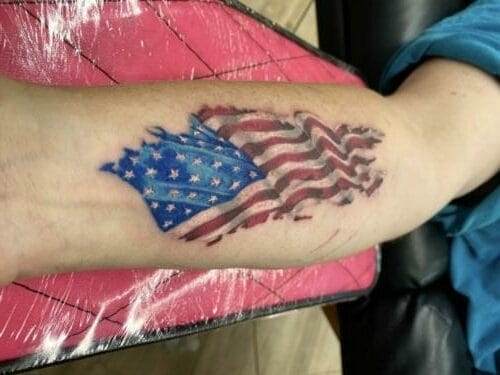
The Enduring Legacy of Traditional Tattoo Culture
Traditional tattoos have a rich history and have played a significant role in shaping tattoo culture as we know it today. From their origins among sailors to their association with counterculture and rebellion, traditional tattoos have stood the test of time.
While contemporary tattoo styles continue to emerge, traditional tattoos remain popular due to their timeless appeal and iconic designs. As technology and globalization continue to shape the industry, it will be interesting to see how traditional tattoos evolve and adapt to the changing times. But one thing is for certain: the enduring legacy of traditional tattoo culture will continue to inspire and captivate people for generations to come.

